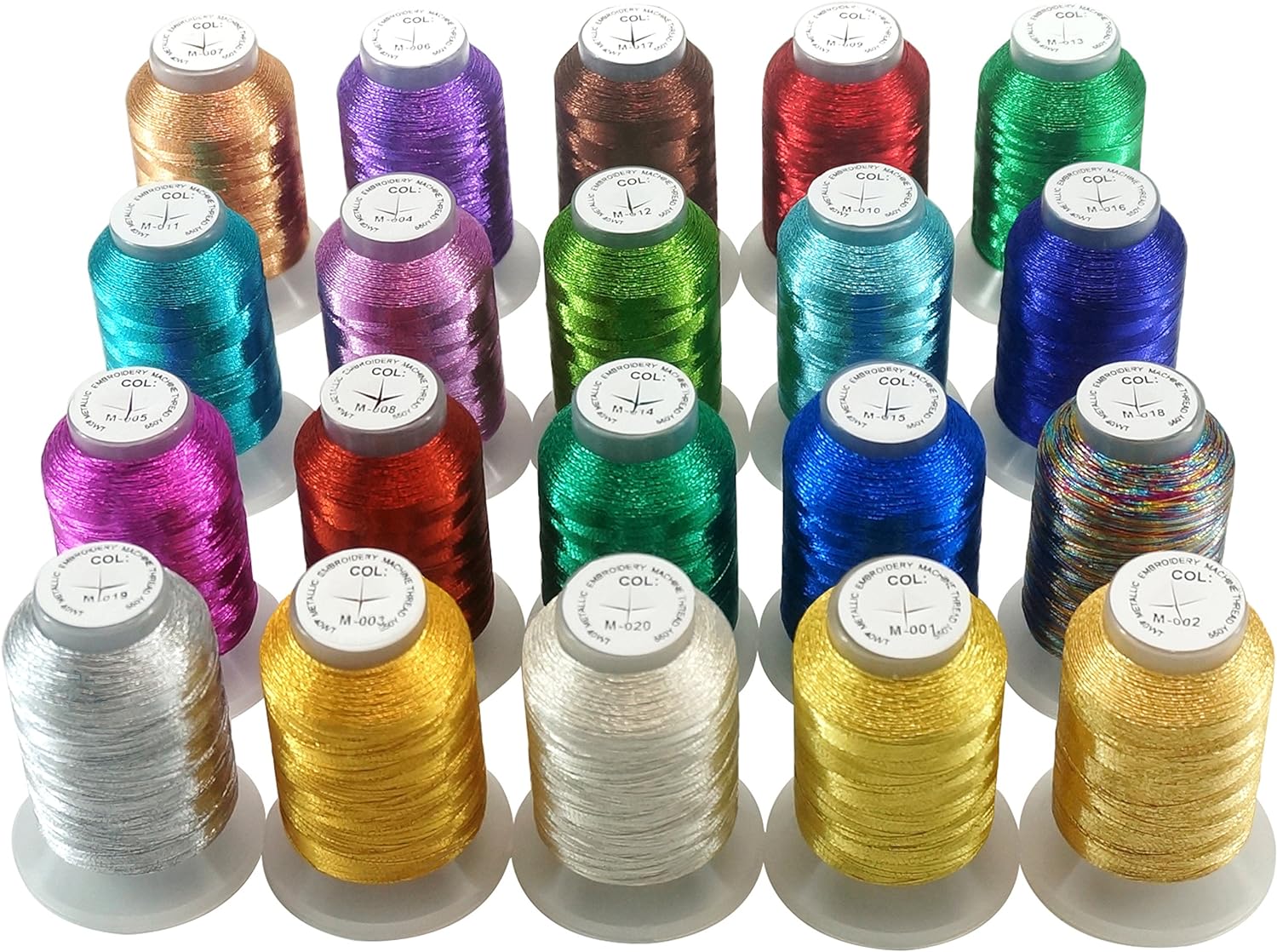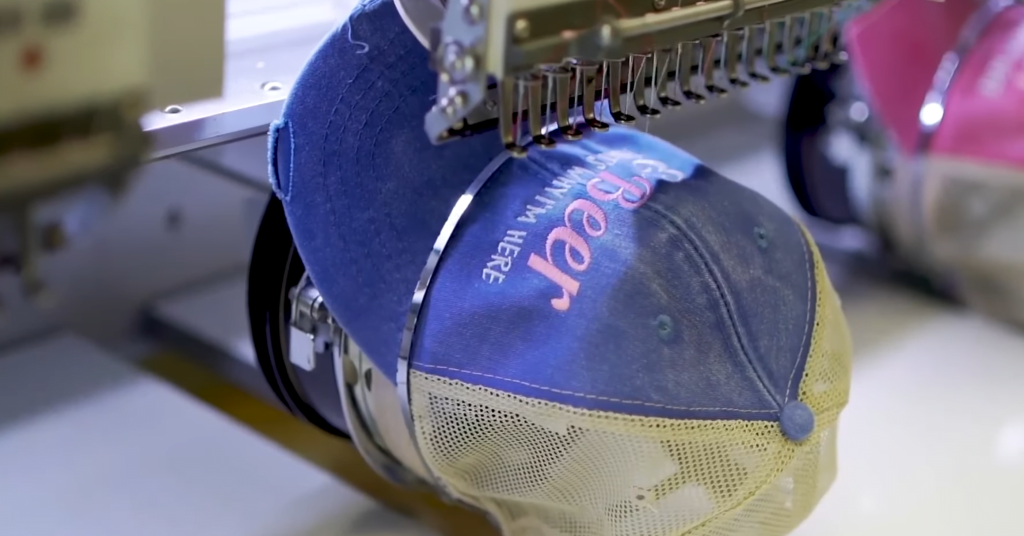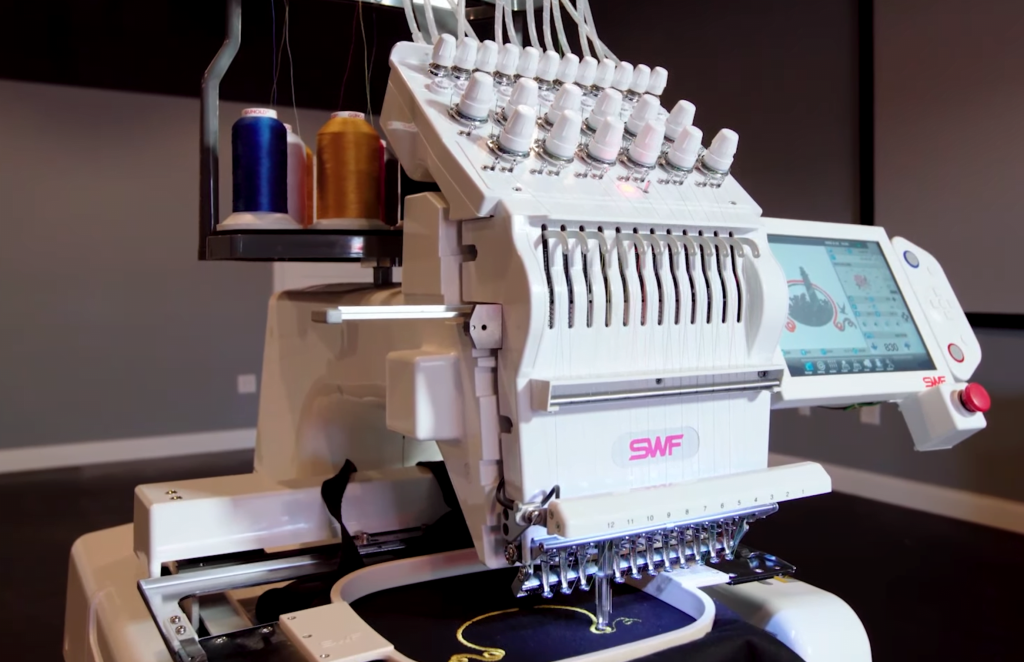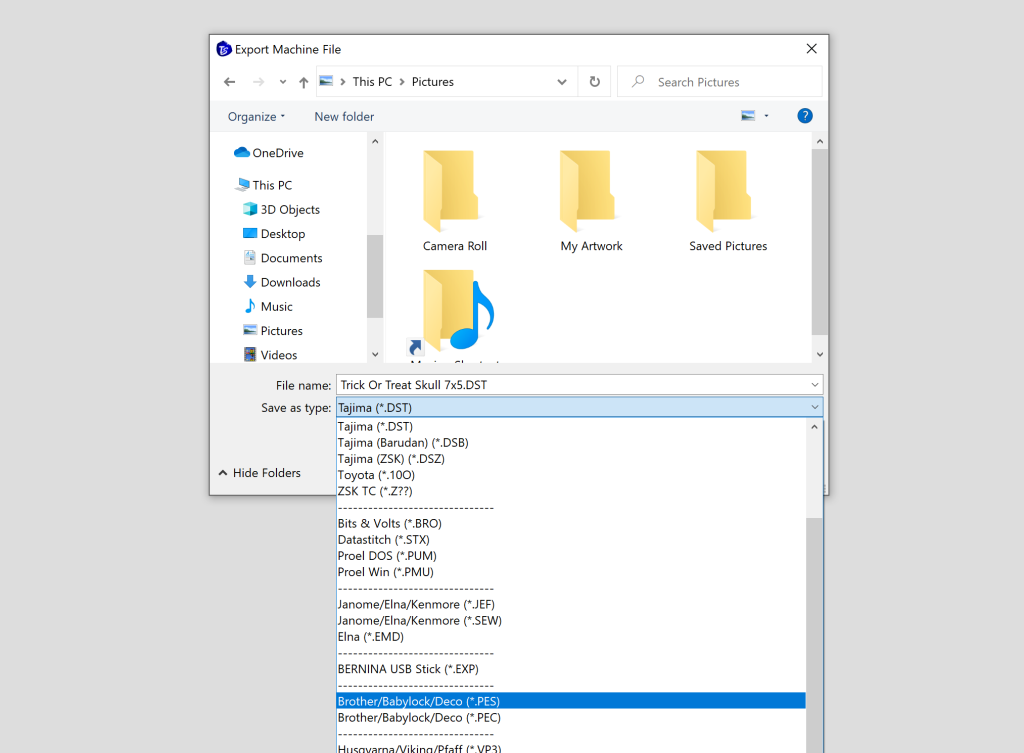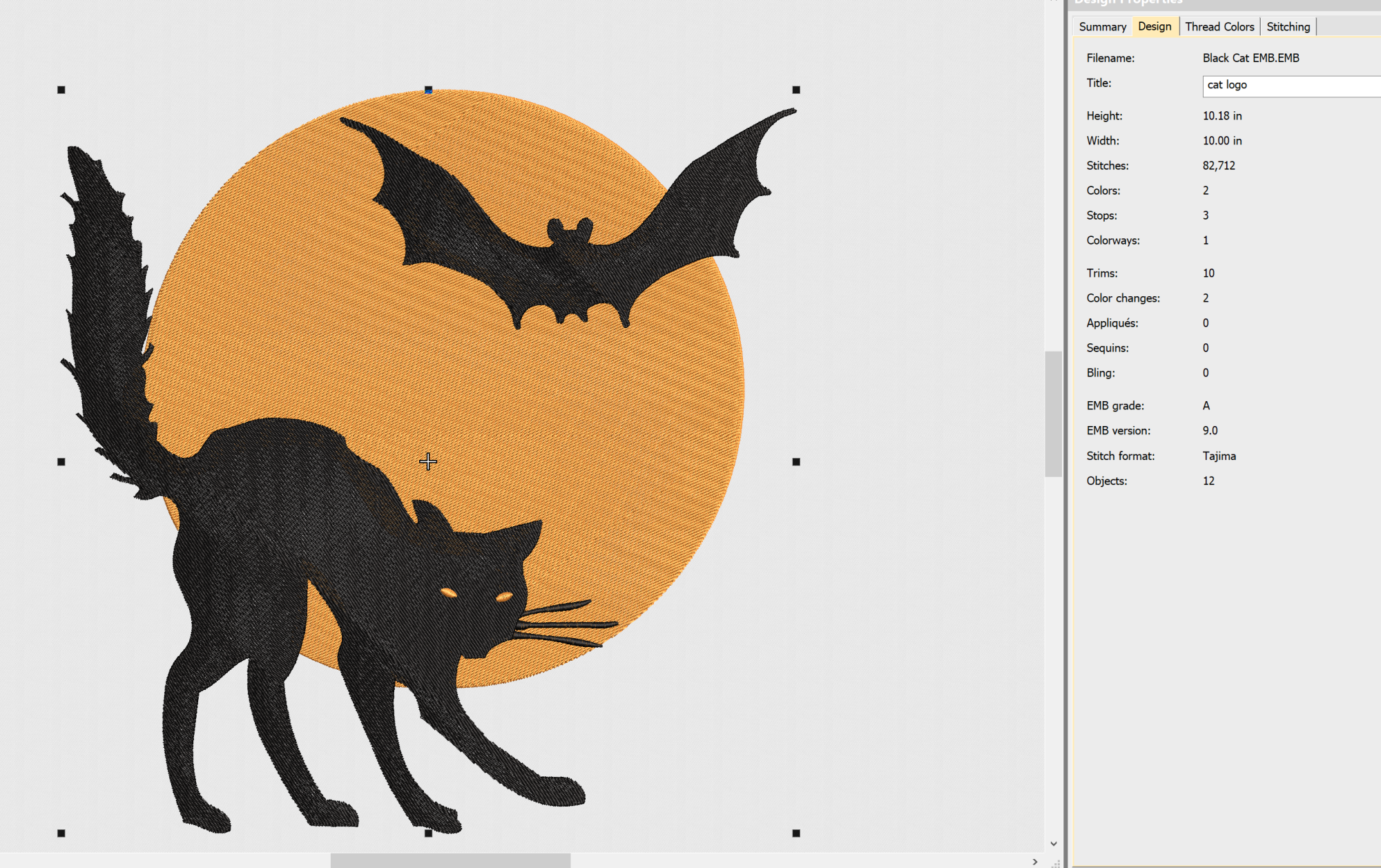Metallic thread offers an allure that beginners just can’t resist, but metallic embroidery thread can be challenging to work with. However, with a bit of patience, you can use it effectively, even with little experience. Here are some tips to help you out when embroidering with metallic thread!
The Problem With Metallic Threads
Metallic threads are beautiful, but they can be a huge pain to work with! Metallic threads are prone to fraying, which can result in a less than perfect finish for your project. They also have a bad habit of breaking which can become frustrating very quickly.
Why metallic threads are so problematic
These threads are infused with a metallic component, such as a fine layer of metallic foil or a core of metallic yarn. This, of course, provides an eye-catching effect, but if the thread rubs it can quickly begin to unravel, turning your project into a mess!
The Different Types and Compositions of Metallic Thread
- Metallic Foil Threads: Thin strips of metallic foil wrapped around a core.
- Metallic Embroidery Floss: Metallic fibers twisted with regular embroidery floss.
- Blended Metallic Threads: A combination of metallic and other fibers for added strength.
- Smooth Metallic Threads: Consisting of a solid metallic core for a smooth and reflective finish.
Best Metallic Thread Brands
If you’ve been embroidering for any amount of time, you’ll know that machine embroidery threads aren’t all the same. Some thread brands have less than great quality control, which can lead to some frustration.
KingStar
Crafted for optimal performance, this metallic thread boasts vibrant luster that adds a stunning shimmer to your designs. Known for its durability, Kingstar minimizes fraying and breakage during stitching, ensuring smooth and consistent results. While this is some of the priciest thread, it’s an investment in your sanity.
Thread Nanny
Thread Nanny is a budget-friendly alternative to KingStar. This thread gives decent results, but it’s not quite as smooth as KingStar. This can lead to more thread breaks and fraying, but if you’re looking for something more affordable, this is it.
Tips For Embroidering With Metallic Thread
Use Needles With Larger Eyes
They have special metallic needles just for this purpose. The needle’s larger eye helps reduce friction and minimize fraying. They’re not very expensive, and it’s definitely worth a few bucks to save your sanity. Get these. Read more about machine embroidery needles and get charts here.
Adjust Your Machine’s Tension Accordingly
This is going to require some trial and error. The right thread tension will depend on many factors including your machine, the thread brand, and the fabric type. You’re just going to have to do some test pieces until you get it right, unfortunately. However, lowering the tension may help prevent excessive strain on metallic threads.
Don’t Forget Your Hoop Tension Too
Secure hooping is always important, but for metallic threads it’s even more essential. A balanced tension prevents unnecessary stretching or pulling, reducing the risk of thread breakage.
Avoid Tear Away Stabilizers
When choosing a machine embroidery stabilizer for your project avoid tear away. Instead, choose a cut away or no-show mesh stabilizer. These are softer and may help to avoid some of the fraying issues which pop up when using metallic threads.
Utilize a Thread Stand
Metallic threads are prone to tangling. Elevate the thread cone and Ensure the metallic thread follows a smooth path with minimal twists and turns to prevent tangling.
Invest in Quality Thread
Lower quality thread always presents more problems, and those problems will simply multiply with metallic threads. Investing in a higher-quality metallic thread will save you a lot of frustration.
Slow Down Your Machine
Metallic threads typically perform better at lower speeds. If your embroidery machine has speed control, turn it way down and patiently stitch our your designs. This will allow the thread to feed more smoothly, especially for intricate or dense machine embroidery designs. Finding the right speed for your thread may take a bit of experimenting.
Choose Your Design Carefully
Metallic threads may not provide the coverage that you’re used to with regular machine embroidery thread. Choosing a design that’s a bit more dense can increase visibility, or if you’ve created your own embroidery files you can increase the density of your embroidery stitches yourself.
Clean Your Machine
Metallic threads can cause headaches even after your project is done. Due to the nature of these threads they can actually leave behind residue inside the machine. This residue can build up over time, and you’ll need to be a bit more diligent in performing your embroidery machine maintenance.
In closing, metallic threads are really neat, but they’re also kind of a pain. And, while it’ll take a bit of experimentation to learn how to use them correctly, they do look really cool on some projects. Especially if you’re stitching out Christmas machine embroidery designs.
Hopefully these tips where helpful to you, and I also hope that you’ll give metallic threads a try soon – despite their challenging attributes. Happy crafting!

Barb, our resident quilter and embroidery aficionado, weaves a thread of creativity through our collection. Serving as the curator of machine embroidery content, Barb infuses each design with a touch of her artistic expertise. The free embroidery patterns you discover on our site often bear the mark of Barb’s craftsmanship. Let’s get crafting!
